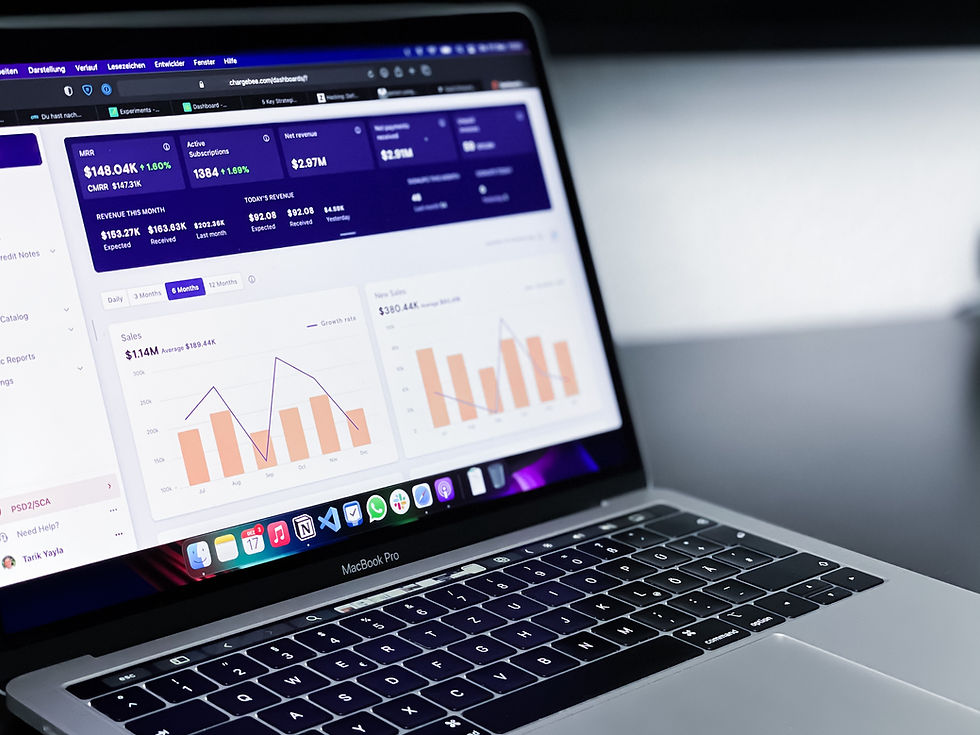Unlocking High-Value Subscriber Groups: A Guide to Customer Segmentation
- Travis Hall
- May 5, 2023
- 2 min read

When it comes to subscription businesses, understanding your customer base is essential for success. Customer segmentation is a powerful tool that can help you identify high-value subscriber groups, enabling you to optimize your marketing and service strategies. In this blog post, we'll explore what customer segmentation is, why it's important, and how to implement it effectively.
The Concept of Customer Segmentation
Customer segmentation is the process of dividing your customer base into distinct groups based on shared characteristics. By doing this, you can better understand their unique needs and preferences, allowing you to tailor your marketing and service efforts accordingly. The characteristics used to segment customers can range from demographic information such as age and location, to behavioral patterns like purchase history, or even psychographic traits like interests and attitudes.
The Importance of Customer Segmentation
There are several reasons why customer segmentation is important for subscription businesses:
- Personalized marketing: By understanding each segment's unique needs and preferences, you can create more targeted marketing campaigns, leading to higher engagement and conversion rates.
- Identifying high-value subscribers: Customer segmentation allows you to pinpoint which groups of customers bring the most value to your business. By focusing your efforts on retaining these high-value subscribers and attracting similar customers, you can maximize your revenue.
- Improved customer satisfaction: Tailoring your service offerings to meet the needs of each segment can lead to happier, more satisfied customers who are more likely to stick around.
Implementing Customer Segmentation
To effectively implement customer segmentation, follow these steps:
1. Define your segments: Determine the criteria you'll use to divide your customers into groups. This can be based on any combination of demographic, behavioral, or psychographic characteristics.
2. Collect and analyze data: Gather data on your customers and analyze it to identify patterns and trends. This will help you better understand the unique traits of each segment.
3. Apply your findings: Use the insights gained from your analysis to tailor your marketing and service strategies for each segment.
Consider a subscription-based meal kit delivery service. By segmenting their customers based on dietary preferences, the company can create targeted marketing campaigns and meal plans for each group, increasing customer satisfaction and retention.
Customer segmentation is a powerful tool for subscription businesses seeking to identify and cater to their high-value subscriber groups. By leveraging this technique, you can optimize your marketing efforts, improve customer retention, and ultimately, increase your revenue.
If you're looking for support in implementing customer segmentation and other advanced analytics techniques, Dataliction is here to help. Visit our services page to learn more about how we can help your business unlock the potential of your data.



